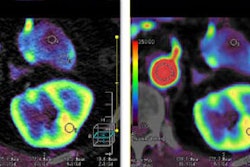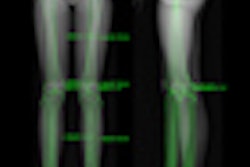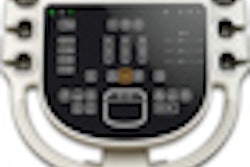The International Atomic Energy Agency (IAEA) announced that the source of iodine-131 (I-131) recently detected in the atmosphere over Europe probably originated from the Institute of Isotopes in Budapest, according to notification from the Hungarian Atomic Energy Authority.
The Institute of Isotopes produces radioisotopes for healthcare, research, and industrial applications. The release occurred from 8 September to 16 November, according to the Hungarian Atomic Energy Authority, which is investigating the cause of the I-131 release.
On 11 November, government authorities from the Czech Republic reported the presence of trace levels of I-131 to the IAEA. The IAEA contacted member states throughout the region to determine the cause and origin, and worked with the World Meteorological Organization to conduct air dispersion modeling as part of efforts to determine its source.
I-131 has a radioactive decay half-life of about eight days and the levels of I-131 that were detected were extremely low. The IAEA stated that if a person were to breathe iodine for 12 months at the levels that were measured, they would receive a dose in the range of 0.01 microsieverts. By comparison, the average annual background of radiation is 2,400 microsieverts per year.



















